FERTILIZE

Add compost to annuals and vegetables, fertilize only if needed. Scratch the fertilizer into the top layer of soil and water deeply to quickly move the nutrients into solution. Alternatively, use a liquid fertilizer and a siphon mixer to deliver through your irrigation system. Provide supplemental iron through foliar applications or drenches, if needed, before daytime temperatures exceed 80°F. Dr. Larry Stein from Texas A&M University recommends EDDHA water soluble chelated iron because it performs the best in alkaline soils.
WATER

Irrigate deeply and as infrequently as you can to encourage deep roots. Keep an eye on container grown plants. As the temperatures rise and rain diminishes, these plants may require daily watering.
PLANT

Time to take a vacation from adding new perennials, grasses, and trees. Wait until fall.
SOIL
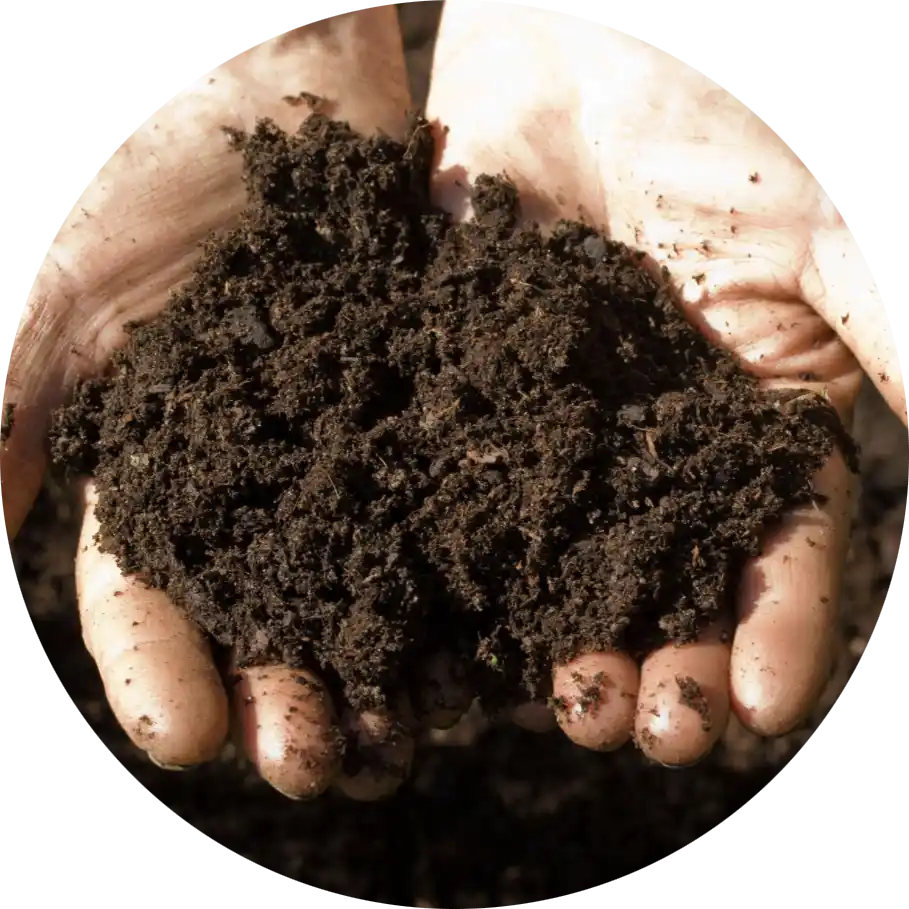
Pull back mulch, apply compost, then replace mulch to retain soil moisture.
LAWNS
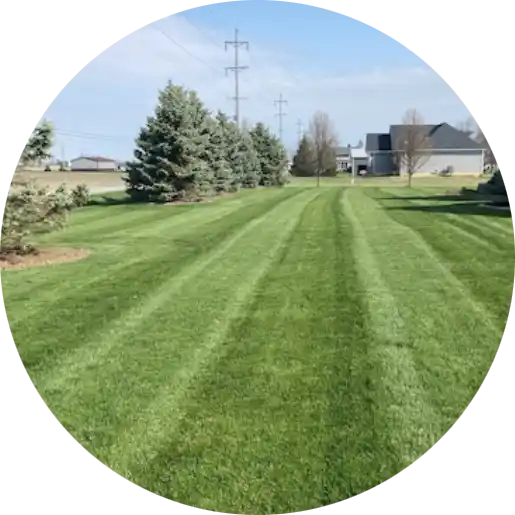
Stop fertilizing to prevent brown patch and take-all root rot. Raise mower settings to reduce turf stress. Water in the morning. Avoid weed killers once temperatures exceed 85°F
DISEASE/PEST
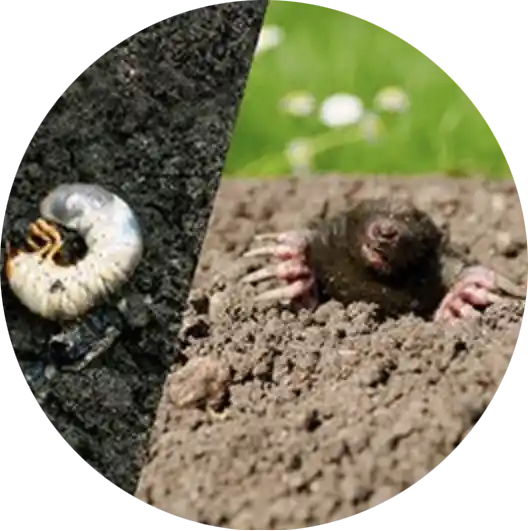
Monitor the sunny areas of your lawn for chinch bugs. Spot treat scale and mealy bugs with horticultural oil, being careful not to spray oil on leaves. Spider mites tend to show up as the days get hotter and drier. To check for mites, hold a white paper plate underneath a leaf and tap a few times. Dislodged mites will fall onto the plate and look like tiny specks crawling around. Though these tiny pests are hard to see without the aid of magnification, once they are present, the top surface of the leaves will have a pale, stippled appearance. Organic controls for spider mites include horticultural oils, insecticidal soap and sulfur dust. Once you have them you will need to treat regularly to keep them under control. They can also be controlled with a strong spray of water to the underside of the leaves, repeated every 3-5 days. Once their population explodes, you may see a fine webbing develop under the leaves. At that point it is too late to treat, and the affected plant should be removed from the garden. Use the same water blast technique on the undersides of leaves to control aphids, and whiteflies.
MAINTENANCE
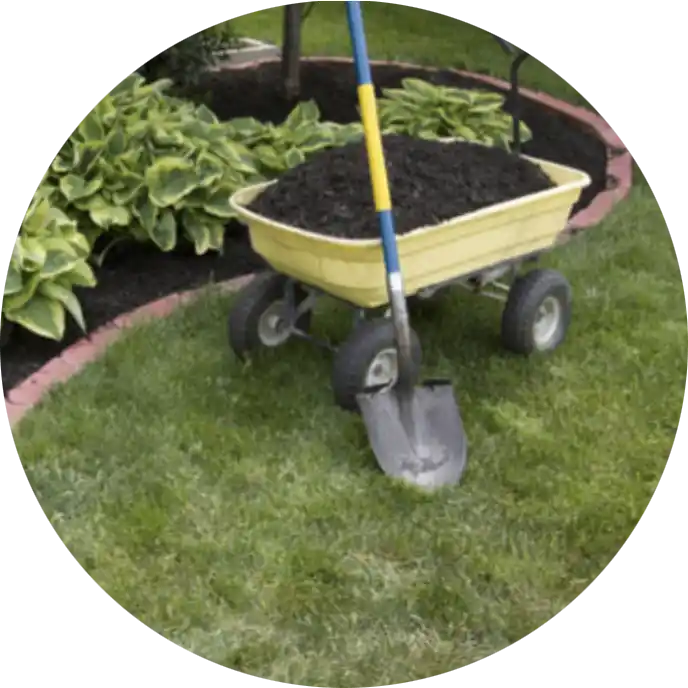
Deadhead flowers and spent foliage. Remove fruiting canes from blackberries when last berry is harvested. Summer prune shrubs and trees (except Oaks) to remove damaged or dead wood if found. Replenish mulch if needed. Train vines and climbing roses up a trellis. Visit the vegetable garden daily to monitor for pests and pick crops before they become overgrown.
GARDEN
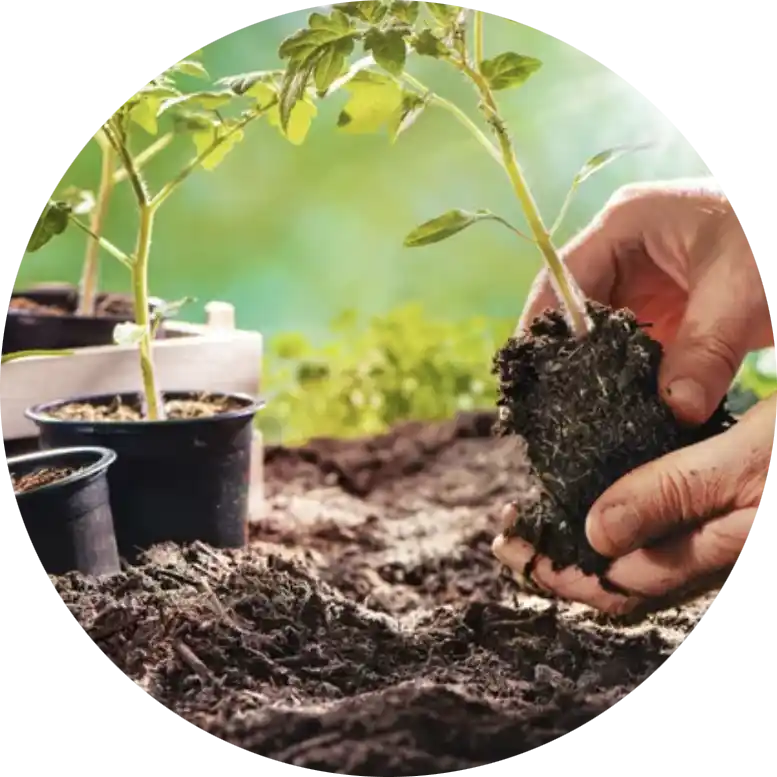
Travis County Master Gardener Patty Leander battles squash vine borers and recommends using micromesh for protection against the moth. Dig potatoes when the tops turn yellow and start to die back. Harvest ripe vegetables before spraying plants with any pesticide or fertilizer, whether organic or synthetic. Always read the label for instructions on mixing, dilution, how often to spray, or if there is a waiting period after spraying. Bush varieties of green beans generally produce a concentrated set of pods over a 2-4 week period before petering out. As plants begin to decline, pull them out and replace with heat-tolerant Southern peas, long beans, okra or sweet potatoes. Harvest onions and garlic when tops fall over. Cure in a warm, dry location for a few days before storing. It’s time to plant cover crops in fallow beds, Patty recommends cowpeas or buckwheat. Start tomato seeds in pots early in the month if you want to have transplants ready for the garden in mid-July. Because the fall growing season is shorter, it’s best to stick with early-maturing, determinate varieties.
TREECARE
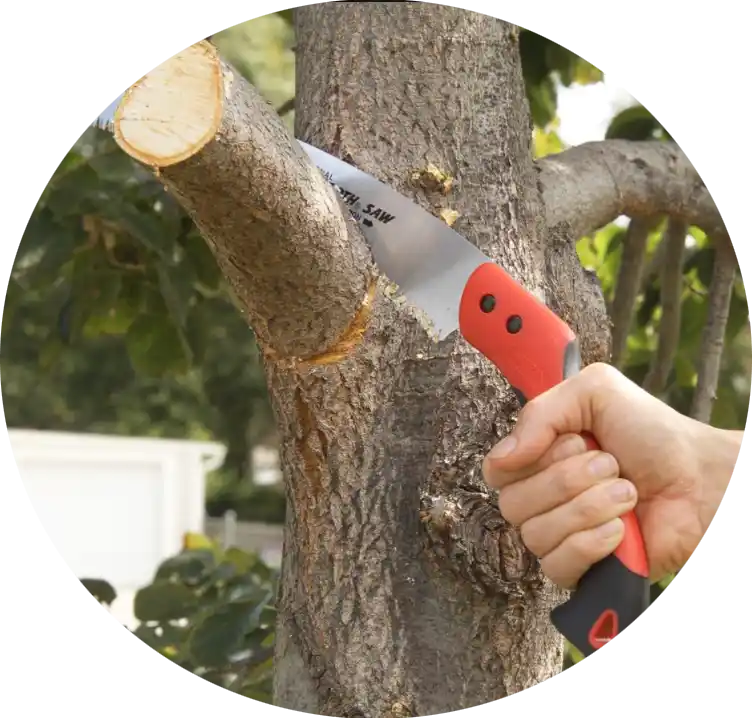
What you can do:
- Implement a watering schedule for all plants to help prevent drought stress (check out our tree watering page).
- Damaging insects can be very active at this time. Call your arborist if you detect trouble.
- Be careful not to wound trees with lawn mowers and trimmers.
- Begin paying attention to mosquitoes.
Consider requesting a professional to:
- Root injections of Mycorrhizal and Humates for Summer Tree & Shrub Stress Control
- Prune and shape hedges after new growth has appeared.
- Proper pruning of trees, mainly deadwood removal.
- Removal of dead or hazardous trees.
- Spraying landscape for mosquito control.
- Oak wilt inspection.

